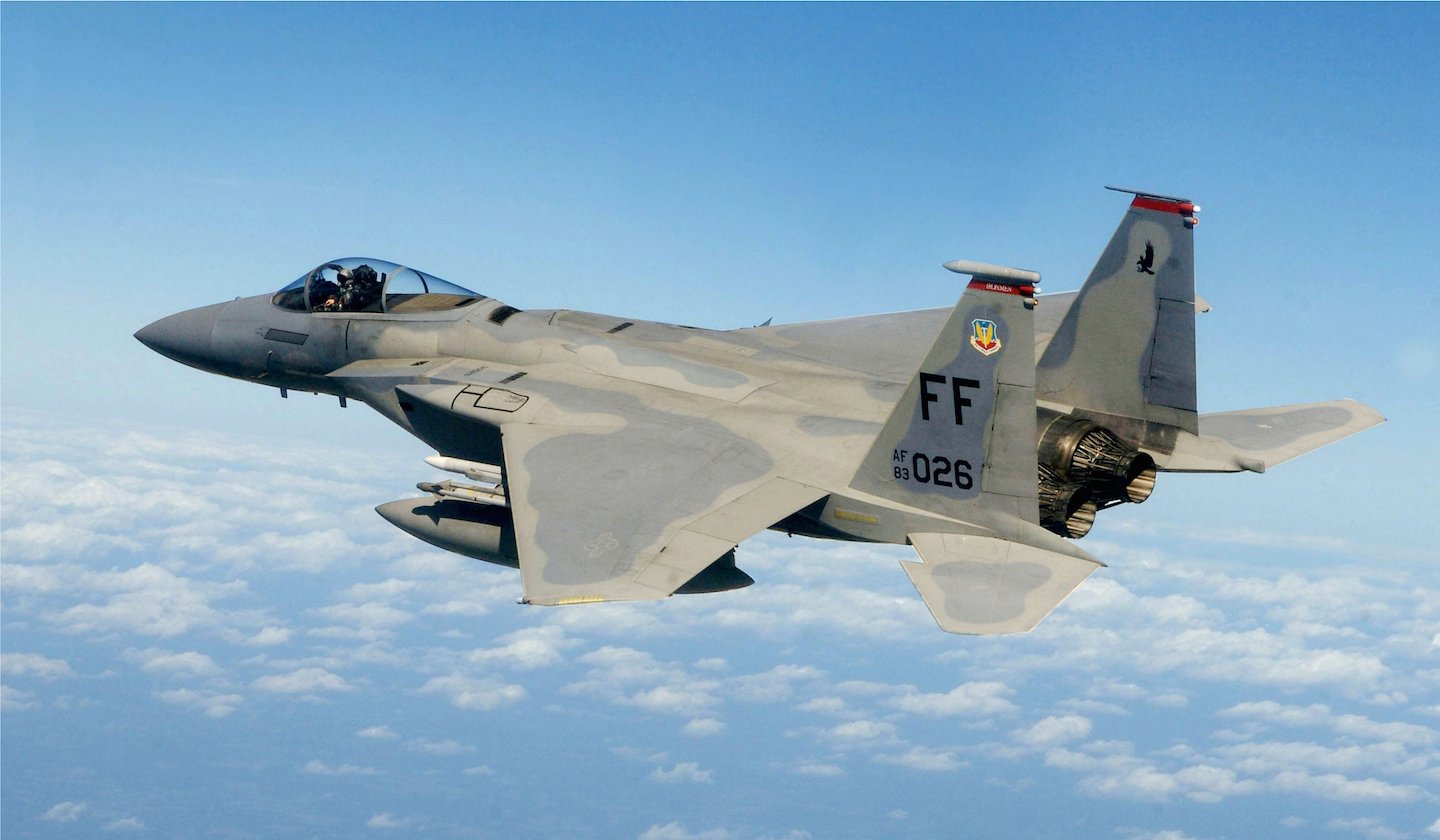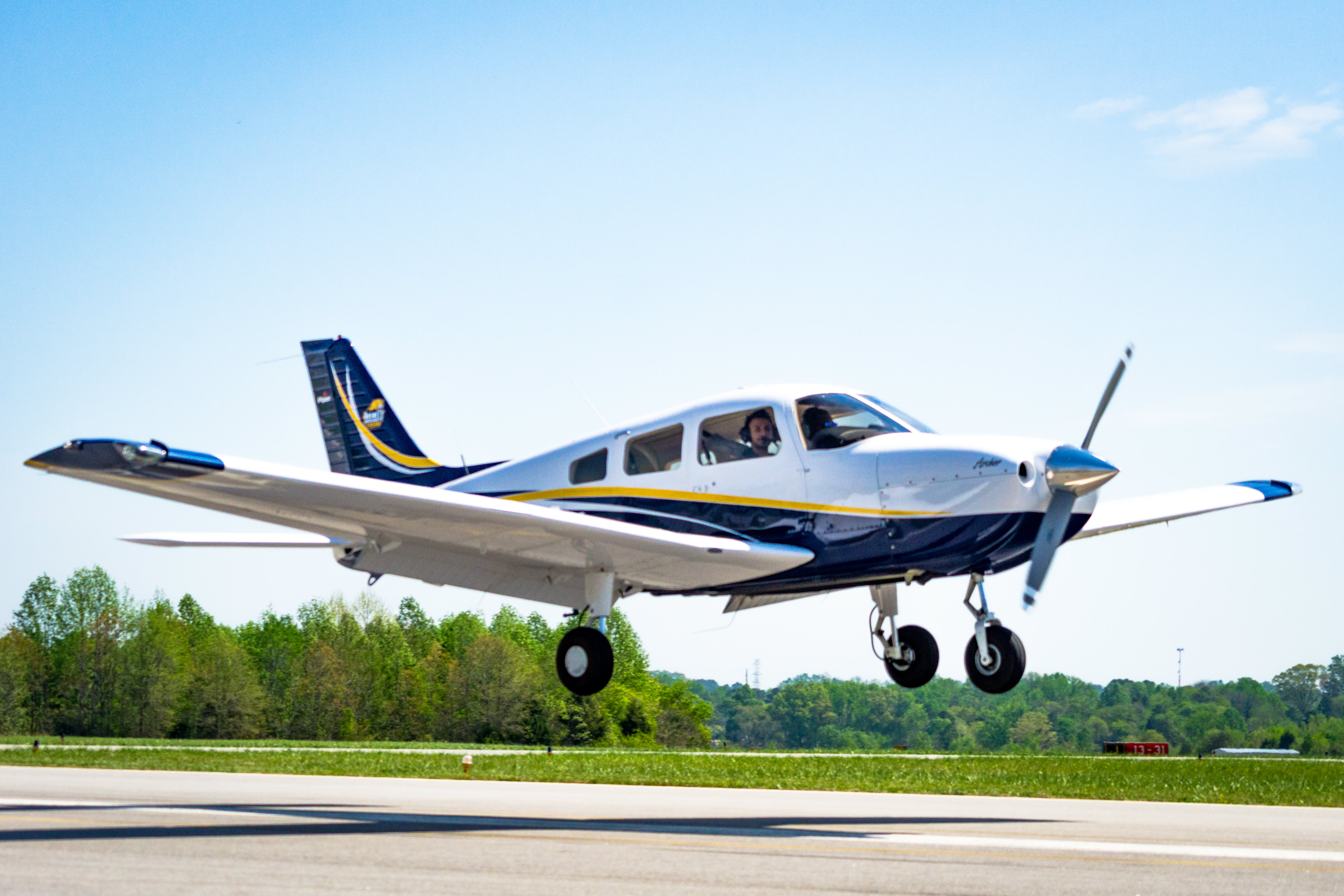Aircraft Use - In today's IS-BAO era, most aviation departments have a clear and documented Flight Operations Manual (FOM) that clearly describes the safe and efficient operation of the aircraft.
"There needs to be some rules of the road so that everyone understands why the company has the plane and what it needs it for," said Eileen Glaimer of the Washington-based international law firm Crowell & Moring LLP.
Aircraft Use
In the November 2015 issue of Business Aviation Insider magazine, NBAA said the Business Aircraft Policy helps define and align expectations among the company's passengers, executive teams, boards and aviation departments.
Airbus To Use A380 For Open Fan Engine Research
This policy explains how the aircraft will meet the company's business objectives and establishes guidelines for appropriate use based on those objectives.
Here's why your organization needs a business aircraft policy and how it can benefit both your aviation department and the company as a whole.
As strange as it may sound, one of the things we often see in the aviation department today is that companies, however unintentionally, often
When business is tough and company belts are tightening, one of the first things to do is to use the company's aircraft. Flight time is reduced.
Developing An Aircraft Use Policy
It may seem counterintuitive, but as you reduce your use of the aircraft, your flying costs go up, measured on a "total cost per flight hour" basis.
Why? Because the fixed costs of the flight department are covered by fewer flight hours.
To get the lowest total hourly cost, you need to increase the flight time. Basic math tells us that as the denominator of the fraction (in this case, the flight time) increases, the value of the whole fraction (total cost per hour of flight) decreases.

Usage policies take the guesswork out of it. It provides guidance on where the aircraft will be used, which can actually increase your flight time.
A 10 First Aircraft To Use Alcohol Based Fuel > Air Force > Article Display
One of the questions we at Gray Stone Advisors always ask during our Current State Assessment™ process is, "Who can use the company jet?"
A clearly written Business Aircraft Use Policy identifies those designated as authorized users of company aircraft.
This is usually the chairman, CEO, president, and members of the senior management team (sometimes called a senior management committee or something similar). Often, the list of authorized users also includes heads of business units, not just company heads.
The purpose of the trip is specified in the event of a request for simultaneous use of the aircraft. The Usage Policy discusses how to resolve scheduling conflicts and who should be excluded from the trip.
Purdue Airport Staff Transform Glider Into Airplane, Then Back To Glider
The requesting executive is called upon to resolve the conflict, but in many cases the CEO is the arbiter of such decisions.
The utilization policy may allow the flight manager (or recipient) to require passengers to adjust their schedules to maximize the efficiency of aircraft use (provided travelers have schedule flexibility).
All these situations should be addressed in the Usage Policy. In this way, the aviation department no longer acts as the "traffic police" and allows them to focus on the most important thing - the safe operation of the aircraft.

If all aircraft are in use or out of service for maintenance, the aviation department may need to retire the fleet and lease aircraft to meet travel demand.
Researchers Advance Propulsion Toward Low Carbon Aircraft
Under no circumstances should anyone outside of aviation be allowed to make decisions about the lease selection. The Usage Policy should clearly state that if a chartered aircraft is required, the aviation department has the sole right to select the supplier.
The usage policy determines who bears the cost of the chartered aircraft (usually the person requesting the trip). Decisions regarding which flights to operate on a chartered aircraft and not on a company aircraft are set out in the Usage Policy and are based on the most cost-effective use of the company aircraft and minimizing the overall operating costs of the aircraft.
This removes the decision-making role of the planner and allows him to focus on the logistics and complexities of the trip. The last thing you need is a planner playing "judge."
To ensure business continuity in the event of a major disruption or disaster, care should be taken to define clear business continuity provisions.
Special Report: Aircraft Acquisition Planning And Financing
You may not think that it is the aviation department's responsibility to recommend such practices, but this is a clear case of the aviation department's role changing from "transportation service provider" to "strategic business partner."
To become a strategic business partner, you may need to "look" different to your parent company than you did before.
There are many other uses of corporate aircraft, and the Use Policy should cover all of them.

For example, the use of the corporate jet by non-employee board members to attend company board meetings or to meet with the company's senior management is essential to the proper functioning of the company. Accordingly, many companies consider this a commercial use of the aircraft.
Airlines Use Empty Passenger Jets To Ease The Cargo Crunch
The use of a company aircraft by senior management to attend external board meetings is often in the company's best interests, and many companies consider this to be business use.
The company often encourages its executives to participate in events as representatives of the company. Companies may also allow individuals who do so to include their spouses if such inclusion is essential to the performance of senior management's business responsibilities. Many companies consider this aircraft to be commercial and the Usage Policy explains this usage.
There are, of course, additional considerations regarding the use of company aircraft that must be addressed in the Usage Policy, such as personal use of company aircraft by senior management (of course reduced), revenue recognition by executives for non-business flights, use of corporate aircraft by government officials, and indirect accounting of aircraft use.
You got it. But if it's not described in a comprehensive Usage Policy, the risk of violating IRS or other federal laws is high.
Ask The Captain: Why Does The Descent Take So Long?
To be effective, a business aircraft policy must be developed with the participation of all key stakeholders in the company. Financial, tax, regulatory and risk management issues must be addressed when using aircraft by a company.
It is very important that you need the support of the CEO of the company and the board of directors. Without it, the Usage Policy would have no teeth.
If you need help developing a Business Aircraft Policy for your company, please contact us. We have done many of them.

Have you developed a policy for the use of business aircraft in your company? Share with us how you did it and we'll share your ideas in future blogs. If you need help creating a policy or process, we're here to help. Just give us a call or send us an email.
Fifteen Things You Never Knew About Airplanes
I can not wait? Join quickly - leave your contact information here and we'll get back to you. Having an aircraft usage policy helps set expectations for everyone from the management team and board of directors to passengers and flight staff.
Each member must have a Flight Operations Manual (FOM) with policies and procedures regarding maintenance schedules, pilot hours, flight limitations, and other operational considerations. But the aviation department needs more than a policy for the safe and efficient operation of aircraft; it requires a policy on the use of aircraft for business trips.
"There needs to be some rules of the road so that everyone understands why the company has an airplane and what it needs it for," says Eileen Glaimer, partner and co-chair of the aviation practice at Crowell & Moring LLP, an international law firm. in Washington, DC.
The Aircraft Use Policy helps define the expectations of the company's passengers, management team, cabin crew and flight department. It explains how the aircraft will meet the company's business goals and establishes guidelines for appropriate use based on those goals. It also provides procedures for requesting and authorizing aircraft, as well as a decision-making process about how the aircraft will be used.
Nasa Tail Technology Could Someday Reduce Airplane Fuel Use
"One of the first questions is: 'Who can use the plane and when?' said Sean Fitzgibbons, associate general counsel of member companies. “If you have a scheduling conflict, who will conflict? Are there any limits on the number of company executives who can travel together? When passengers book a flight, should they explain the purpose of the trip? This makes it easier to get a written document approved by company management that you can point to and say, "This is how we do it."
To be effective, aircraft deployment policies must be developed with the participation of key stakeholders and have the full support of the company's CEO or other top management. These guidelines will be based on financial, tax, regulatory and risk management issues related to aircraft.
The usage policy should not be a separate document; it may be a chapter (or several chapters) in a larger instruction manual. For some operators, this may be just one page; for others it might be 20 pages.

"You won't think about all the possible scenarios
History Of Flight
What frequency do aircraft use, fuel use in aircraft, certified for use on aircraft, use of aircraft, use of composites in aircraft, use of aircraft in ww1, aircraft, why do aircraft use 400hz, aircraft lights when to use, how to use aircraft remover, best aircraft for personal use, tools aircraft mechanics use

0 Comments